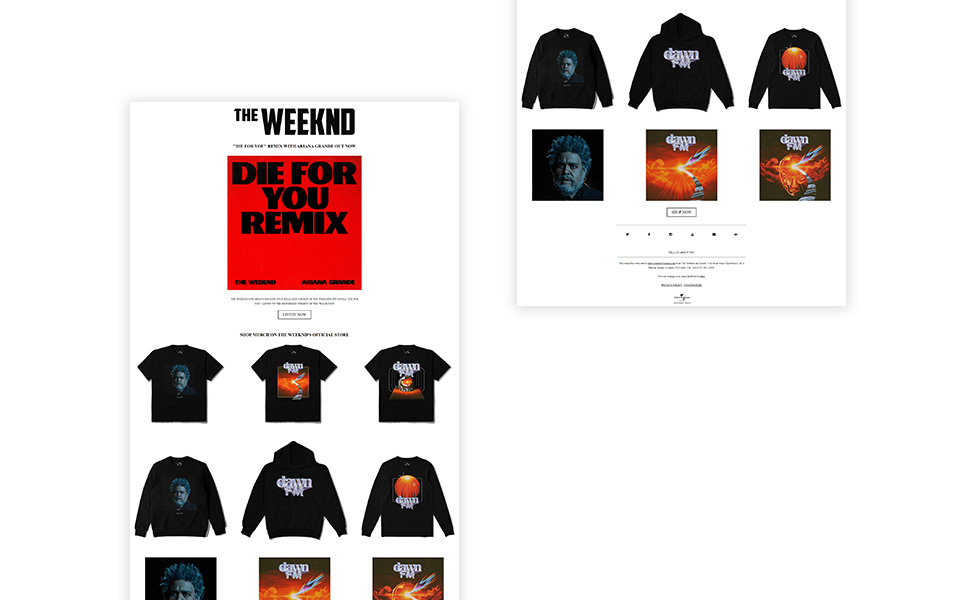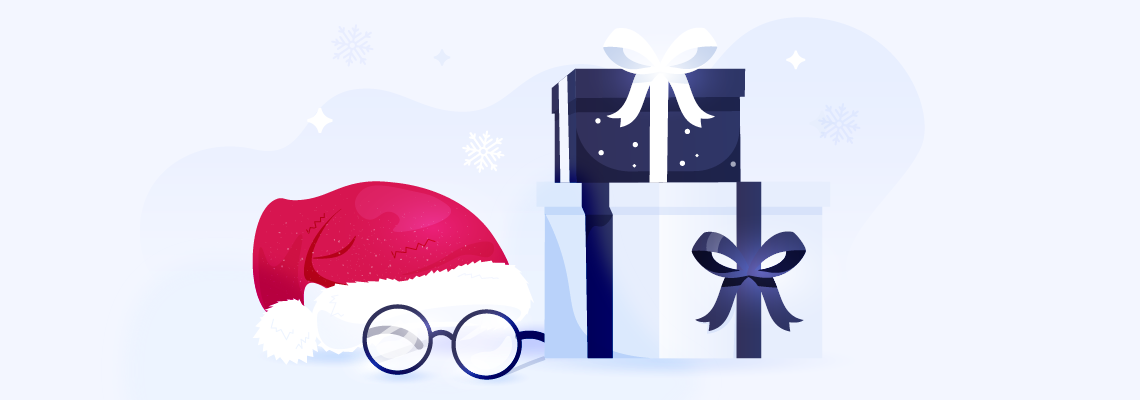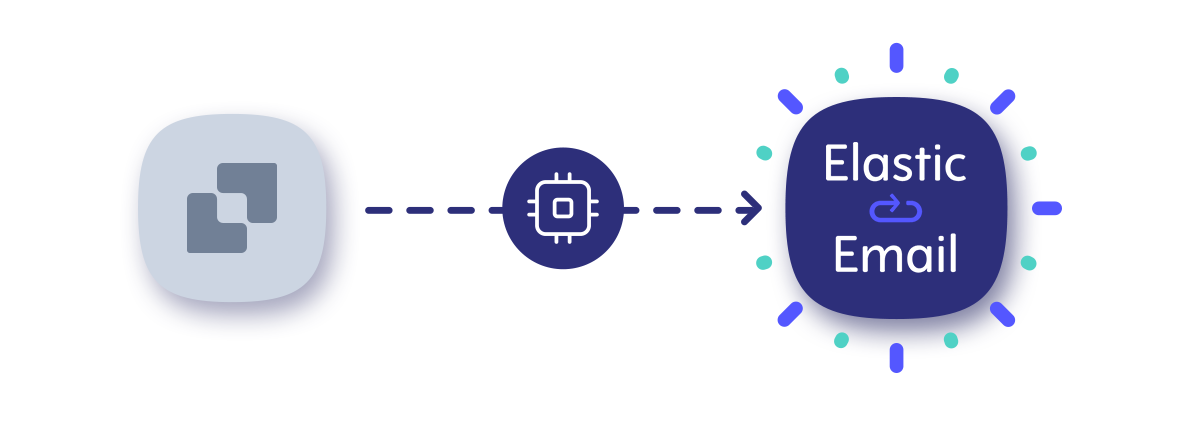We’re living in a world where social media algorithms determine who sees your content and streaming platforms control relationships between artists and fans. Luckily, email marketing ensures direct communication between musicians and their audiences. While Instagram posts disappear into the void and TikTok videos compete with millions of others for attention, an email lands directly in your fan's personal inbox - a digital space they check multiple times daily. Email marketing, when done strategically, is one of the most effective ways for musicians to promote their music and build deeper relationships with fans, drive engagement, and foster a sustainable career.
This article will guide you through how to connect with music fans through emails. You’ll find out the essentials of building an engaged email list, crafting compelling content, implementing best practices, and leveraging the right tools to transform your emails into a powerful fan connection hub to promote your music.
Table of Contents
- Why email still matters for musicians
- Building Your Fan Email List
- What to send: content ideas for musicians
- Crafting effective emails: best practices
Why email still matters for musicians
Before we dive into the "how," let's focus on the "why." In a landscape dominated by streaming services and social media feeds, why should musicians invest their time and energy in email?
Direct access
Unlike social media, where your reach is dictated by algorithms, an email list provides direct access to your audience. You own this data, ensuring your message lands directly in their inbox, not buried in a feed.
Personal connection
There's an inherent intimacy to an email. It feels more personal and exclusive than a public post, fostering a stronger bond between you and your fans.
Reliability
Your email list isn't subject to platform changes, outages, or sudden drops in reach. It's a stable, reliable channel for communication.
Monetization potential
Email is a powerful driver for direct sales. Whether it's music, merchandise, concert tickets, or exclusive content, your email list is your most direct line to converting fans into customers.
Building Your Fan Email List
The first step in leveraging email is, naturally, building your email list. Think of it as cultivating your garden - the more seeds you plant, the more your fan base will grow.
- Use signup forms on your website - your official website is prime real estate. Embed clear, prominent sign-up forms on your homepage, contact page, and even within blog posts. Try pop-up forms which appear on the screen after a delay.
- Use your social media - don't just post, but direct people where you want them to go! Use "Link in Bio" on Instagram, pinned posts on X (formerly Twitter), or dedicated posts on Facebook to send followers to a landing page where they can sign up.
- Leverage live shows to gain subscribers - your most engaged fans are right there! Use QR codes on your merch table, posters, or even projected on a screen. To understand how effective these codes are, you should enable QR code tracking. For a more personal touch, have a physical sign-up sheet, perhaps with a volunteer to collect names and emails.
- Offer lead magnets or incentives - people are more likely to share their email addresses if there's something in it for them. Here’s what you can offer:
- an exclusive track or demo,
- early access to content like lyrics, behind-the-scenes videos, or even a pre-save link for your next release,
- a free download (e.g., a chord chart of one of your songs, a desktop wallpaper),
- entry into a contest or giveaway.
What to send: content ideas for musicians
Once you have a list, what do you fill your subscribers’ inboxes with? The goal is to provide value, entertain, and deepen the fan connection, not just sell.
- New music announcements - this is a no-brainer. Announce singles, EPs, and albums with direct links to streaming services or your store.

- Tour dates & ticket sales — crucial for live performers. Use your ticketing platform to announce pre-sales, highlight VIP packages, and send friendly show reminders closer to the date.

- Behind-the-scenes & personal updates - fans love seeing the human behind the music. Share studio diaries, snippets of your songwriting process, or even just what life on the road is like. Personal stories resonate deeply.

Exclusive content - Give your email subscribers something special. This could be unreleased demos, alternate versions of songs, private acoustic performances, or even a casual Q&A session.

Merchandise promotions - got new t-shirts, vinyl, or limited-edition items? Announce them with enticing visuals and clear calls to action.

- Fan spotlight/community building - feature fan art, positive messages you've received, or stories from fans who've been impacted by your music. This makes your fans feel seen and appreciated.
- Collaborations & features - if you're working with other artists or brands, share the excitement and spotlight your partners.

- Asking for feedback - engage your fans in your creative process. "Which song should be the next single?" or "What kind of merch would you like to see?" can foster incredible loyalty.
Crafting effective emails: best practices
Sending an email is one thing, but sending an effective email is another. Here’s how to make your messages land with impact.
Subject Lines
This is your first impression. The subject line has to make your audience want to open your emails. Make it catchy, intriguing, and benefit-oriented. Personalization like "Hey [Fan Name], New Music Just For You!" can boost open rates. A sense of urgency or exclusivity also works wonders. But remember not to exaggerate. Slightly enticing subject lines can increase open rates, but false urgency is not only illegal, but it can also erode trust and send your emails straight to the spam folder.
Personalization
Beyond just the name, consider leveraging other data you have about your subscribers to make your message special. Some of them are die-hard fans, while others just discovered you. Segmentation helps you send more relevant emails, which leads to higher engagement.
You can segment your list by location (for tour announcements), engagement (for early merch drops or secret content), or behavior (for past merch buyers with limited editions or bundle deals). For example, when announcing your tour in a certain area, send an email with a subject line: “[City/Country], we’re coming to you!”.
Clear Call-to-Action (CTA)
Every email should have a purpose. Ideally, find one action you want your subscribers to take. Do you want them to listen to your new song, buy tickets, watch a video, or reply to you? Make your CTA prominent and easy to find.
Make the call-to-action button bigger than the other elements of your email. Also, surround the button with white space or color it differently than the rest of your newsletter. Place your CTA naturally in the flow of your message.
Visuals
High-quality images can make your emails more engaging and visually appealing. Use professional photos of yourself, your band, album art, or concert shots. Blurry or pixelated images look unprofessional.
While directly embedding a video isn't always supported, most ESPs allow you to insert a compelling image with a play button icon that links directly to your video on YouTube, Vimeo, or your website.
Short, animated GIFs can add personality and humor, or quickly demonstrate something (like a snippet of a music video). Use them sparingly so as not to overload the email file size. To build brand recognition, ensure your email's design (colors, fonts, logo placement) aligns with your website and other social media presence.
Mobile optimization
A vast majority of people check emails on their phones. Ensure your emails are responsive and look good on all devices. Luckily, most modern ESP templates are "responsive," meaning they automatically adjust to fit different screen sizes. Always preview your emails on both desktop and mobile before sending them.
Brand voice
Your emails should sound like you. Maintain your unique artistic personality and authenticity, whether it's humorous, contemplative, energetic, or quirky. If you're witty and playful on stage, be witty and playful in your emails. If you're deeply introspective in your lyrics, reflect that tone.
Frequency
Find your sweet spot. Be consistent (e.g., weekly, bi-weekly, monthly) but don't overwhelm your subscribers. Too many emails lead to unsubscribes. But, at the same time, going months without an email can make fans forget who you are, leading to low engagement when you finally do send it.
Storytelling
Don't just list facts. Weave narratives around your music, your experiences, and your journey. Stories are memorable and build deeper connections. Instead of just saying "My new song is out," tell the story behind the song. What inspired it? What was the recording process like?
Fans connect with the human aspect of artists. Share your triumphs, your struggles, your creative process, and even mundane but relatable moments. Help fans understand how this new music, tour, or merch fits into your broader artistic vision. You can even encourage fans to share their own stories about how your music has impacted them, and occasionally feature these (with permission).
The technical side: Email Service Providers (ESPs)
You can't manage an email list of thousands of fans manually. That's where Email Service Providers (ESPs) come in. These are platforms designed to help you manage your subscriber lists, design professional-looking emails, send campaigns, and track their performance.
One of them is Elastic Email - a robust platform that offers more than just email marketing. We provide high-volume email delivery services, making it a strong choice for musicians who anticipate sending a lot of emails (e.g., frequent tour updates, large fan bases). Beyond marketing campaigns, at Elastic Email, we also handle transactional emails (like purchase confirmations), making it a versatile tool for your entire communication strategy. We also offer additional features like email automation, landing page and sign-up forms builder, or detailed campaign analytics. You can also check out our product dedicated to creators - Creator Suite. We offer competitive pricing and strong deliverability features, ensuring your emails reach their intended audience.
Measuring success
Sending emails isn't a "set it and forget it" task. To maximize your impact, you need to understand what's working and what isn't. Your ESP will provide analytics on key metrics:
- open rate - the percentage of people who opened your email,
- click-through rate (CTR) - the percentage of people who clicked on a link within your email,
- conversion rate - if your email had a specific goal (e.g., buying a track, streaming a song), it measures how many people completed that action,
- unsubscribe rate - the percentage of people who decided to unsubscribe from your list (it might indicate you're sending too often, or your content isn't relevant).
Monitor and use these insights! Try A/B testing to experiment with different subject lines, email layouts, or CTAs to see what resonates best with your audience. Learn from your data and adapt your strategy. Email marketing is an ongoing conversation, not a monologue.
How to connect with music fans through email - conclusion
In the ever-evolving landscape of the music industry, email marketing stands as a steady channel for genuine connection. By strategically building your email list, crafting valuable and engaging content, adhering to best practices, and leveraging powerful Email Service Providers, you can bypass the noise and build a direct, meaningful relationship with your fan base.
Don't wait for algorithms to decide who hears your music. Take control of your narrative and your connection. Start building your email list today, and watch your fan community flourish, one strategic email at a time. Follow the steps described in this text to learn how to connect with music fans through emails and market your music. Good luck!
Eager to put this knowledge to some use?








